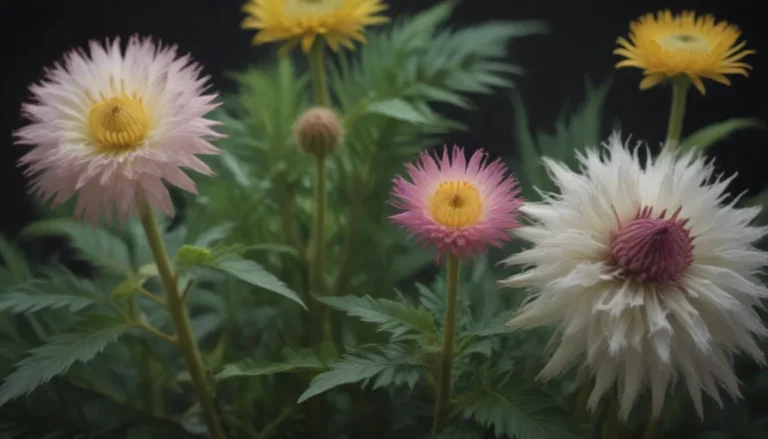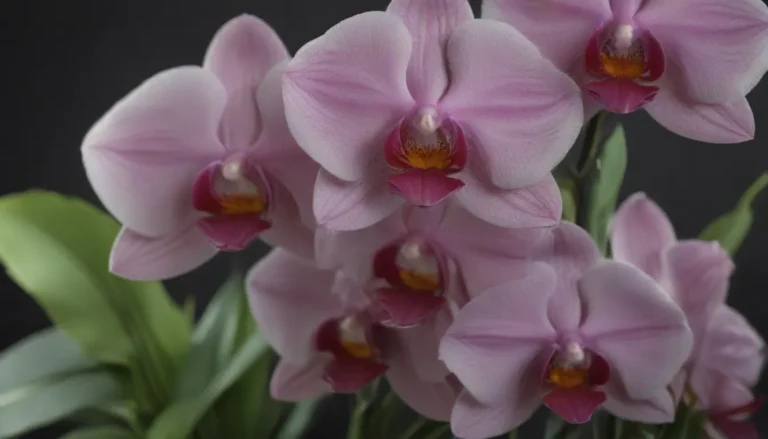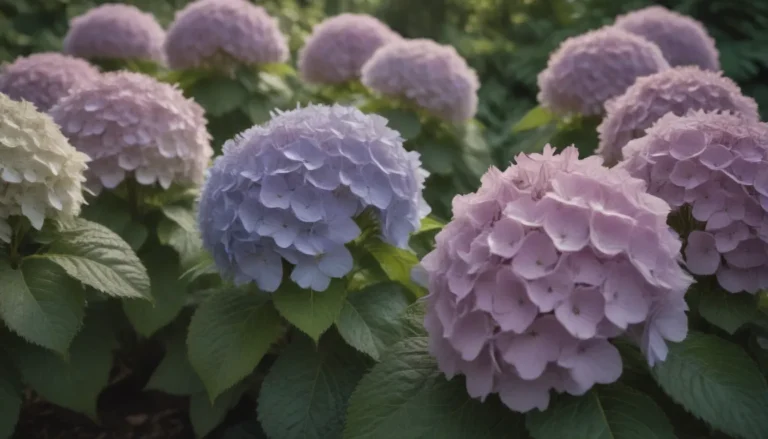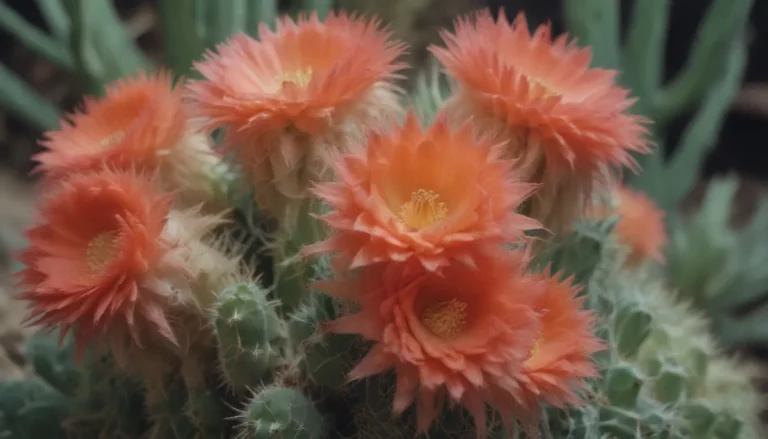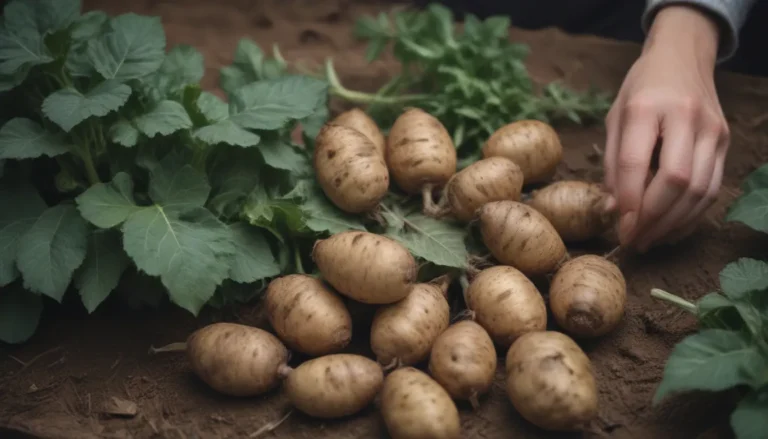Mastering Leucadendron Growing Techniques for a Vibrant Garden Oasis
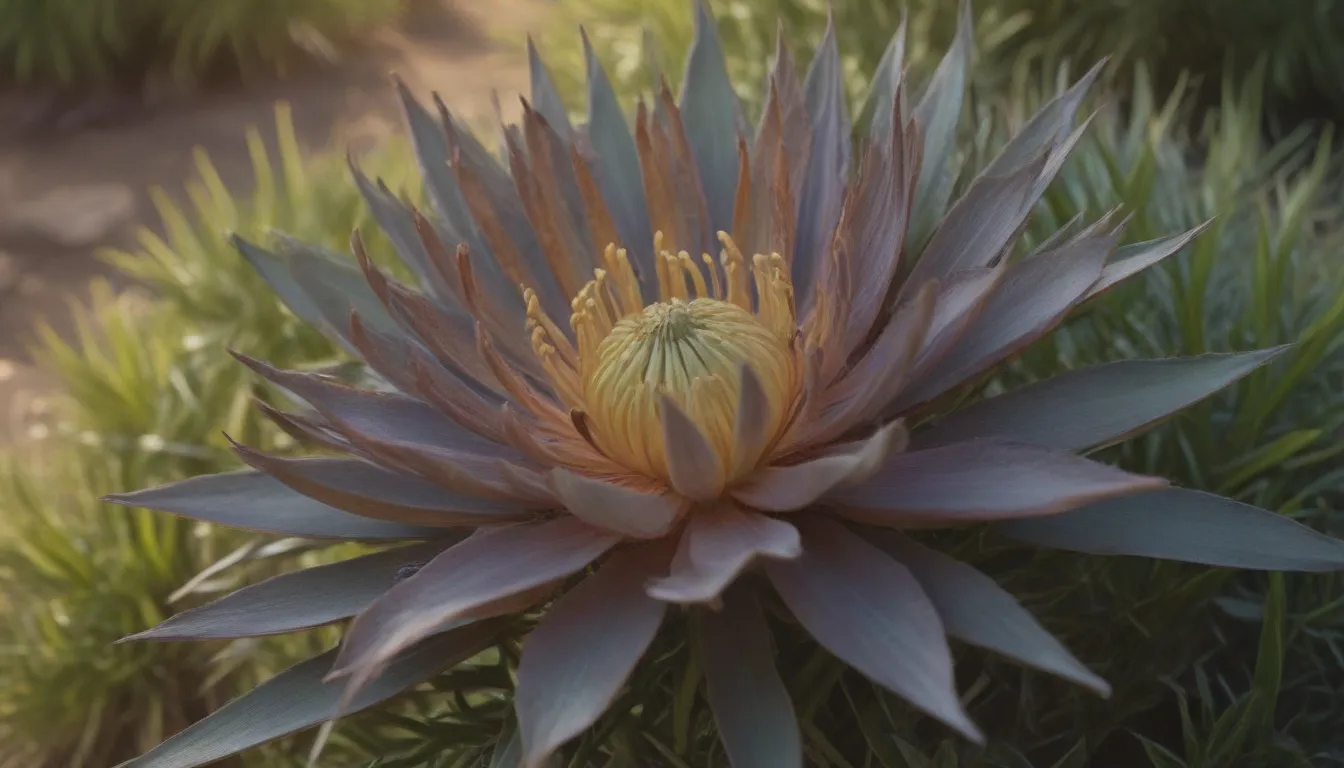
Welcome, plant-loving friends! Today, we are diving deep into the world of Leucadendrons—stunning plants that bring vibrant colors and unique textures to any garden. These low-maintenance beauties belong to the Proteaceae family and are native to the sandy coastal regions of South Africa. With over 80 species in the Leucadendron genus, there is no shortage of variety when it comes to these cone bushes.
Whether you are a seasoned gardener or just starting out on your botanical journey, growing Leucadendron like a pro is easier than you might think. In this comprehensive guide, we will walk you through everything you need to know to cultivate healthy and thriving Leucadendrons in your outdoor spaces, pots, or containers. Let’s get started!
Leucadendron Essentials
Light:
– Leucadendrons thrive in sunlight, requiring around 4 to 8 hours of direct sun exposure each day for optimal growth and blooming.
– While partial shading is possible, full sun exposure is preferred for vividly colored blooms.
– Indoor plants should be placed in sunny spots with sufficient air circulation, such as sun-facing windows or under grow lights.
Soil:
– Well-draining sandy, gravelly, or loamy soil with acidic properties (pH of 6 or lower) is ideal for Leucadendrons.
– To acidify higher-pH soil, consider adding peat moss and sulfur.
– These plants prefer nutrient-poor soil and do not require regular fertilization.
Water:
– Leucadendrons have low water requirements, needing watering about once a week in the first year, especially during dry periods or flowering.
– Avoid waterlogging by ensuring well-draining soil.
– Deeply water young potted plants once a week to prevent drying out.
Temperature and Humidity:
– Thriving in warm, humid environments with good air circulation, Leucadendrons prefer coastal conditions.
– Ideal temperatures range from 65°F to 85°F, with nighttime or winter temperatures as low as 35°F.
– Avoid exposure to cold and frost, as these can harm the plants.
Fertilizer:
– Leucadendrons have efficient root systems that absorb nutrients quickly and typically do not require fertilization.
– Use small amounts of slow-release fertilizer designed for native plants if necessary, avoiding high-nitrogen fertilizers.
Popular Leucadendron Varieties
- ‘Red Gem’
- ‘Devil’s Blush’
- ‘Safari Sunset’
- ‘Burgundy Sunset’
- ‘Gypsy Red’
Pruning and Propagating
- Prune Leucadendrons in late spring or post-flowering to encourage new blooms.
- Remove spent blooms to stimulate additional flowering cycles.
- Propagate Leucadendron using stem cuttings for easy and cost-effective plant multiplication.
Cultivating Leucadendron From Seed
- Grow Leucadendrons from seeds by following simple steps for successful germination and growth.
Potting and Overwintering Tips
- Pot Leucadendrons in well-draining soil mix and place them in sunny locations.
- Repot annually in spring to ensure healthy growth.
- Shield plants from extreme cold by using frost cloth or relocating them to warm environments during harsh winters.
Common Pests and Diseases
- Root rot is a primary concern, so ensure good air circulation to prevent pest and disease issues.
- Watch out for powdery mildew, aphids, scale insects, and spider mites, particularly during summer months.
Blooming Strategies
- Leucadendrons require a chilling period between 32°F and 45°F to initiate flowering.
- Consistent pruning and ample sunlight are key factors in promoting blooming.
- While flowering may take time, patience and proper care will yield beautiful blooms in your garden oasis.
With these expert tips and guidelines, you are well-equipped to cultivate thriving Leucadendrons like a seasoned pro. Whether you are a green-thumb enthusiast or a novice gardener, the beauty and versatility of Leucadendrons will surely elevate your outdoor spaces with their stunning colors and unique foliage. Happy gardening!

